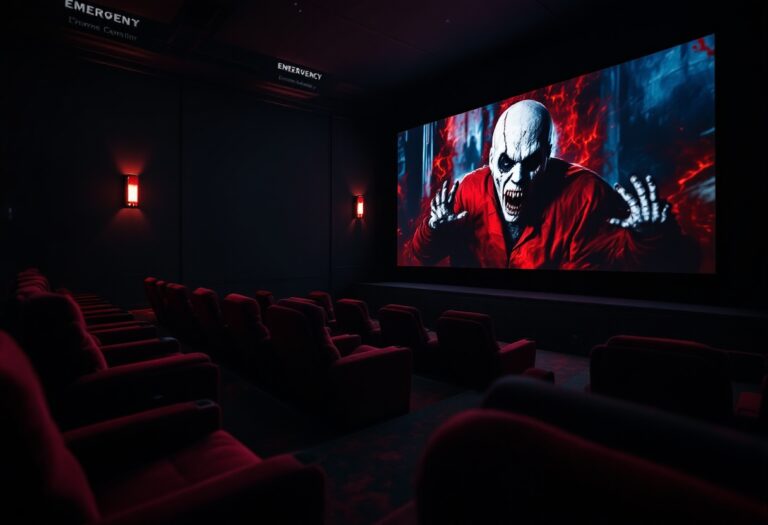Argomenti trattati
The Saw franchise, birthed from the creative minds of James Wan and Leigh Whannell, has become a cornerstone of modern horror cinema since its inception in 2004. With its unique blend of psychological terror and intricate storytelling, the series has captivated audiences worldwide, evolving from a singular film into a multifaceted media phenomenon. As we delve into the franchise’s impact, it is essential to explore its thematic depth, character development, and the cultural conversations it has sparked.
Thematic exploration and narrative complexity
At its core, the Saw series is not merely about gruesome traps and survival; it delves into profound themes of morality, redemption, and the human psyche. The character of John “Jigsaw” Kramer, portrayed as a morally ambiguous figure, challenges viewers to confront their perceptions of justice and punishment. His infamous tests, designed to force victims to confront their life choices, raise unsettling questions about the nature of survival and the value of life itself. This philosophical underpinning sets Saw apart from typical horror fare, inviting audiences to engage in deeper reflections on their own lives.
Cultural impact and evolution of the franchise
Since the release of the original film, the Saw franchise has expanded into various media, including video games, comic books, and even a television series. This cross-platform presence has solidified its status as a cultural icon, influencing countless filmmakers and spawning a subgenre of horror that emphasizes psychological manipulation over mere shock value. The franchise’s ability to adapt and innovate, as seen in recent installments like Saw X, showcases its resilience and relevance in an ever-evolving cinematic landscape.
The future of Saw: New directions and possibilities
As the franchise gears up for its next installment, scheduled for release in 2025, there is palpable excitement among fans and critics alike. Producers Mark Burg and Oren Koules have hinted at ambitious plans for future films, suggesting that the legacy of Saw is far from over. The introduction of new characters and the potential return of fan favorites like Mark Hoffman indicate a willingness to explore fresh narratives while honoring the franchise’s roots. This balance of nostalgia and innovation is crucial for maintaining the franchise’s appeal in a competitive horror market.
In conclusion, the Saw franchise stands as a testament to the power of horror cinema to provoke thought and elicit emotional responses. Its intricate storytelling, complex characters, and cultural significance ensure that it will remain a pivotal part of the horror genre for years to come. As we anticipate the next chapter in this chilling saga, one thing is certain: the legacy of Saw will continue to haunt and inspire.

